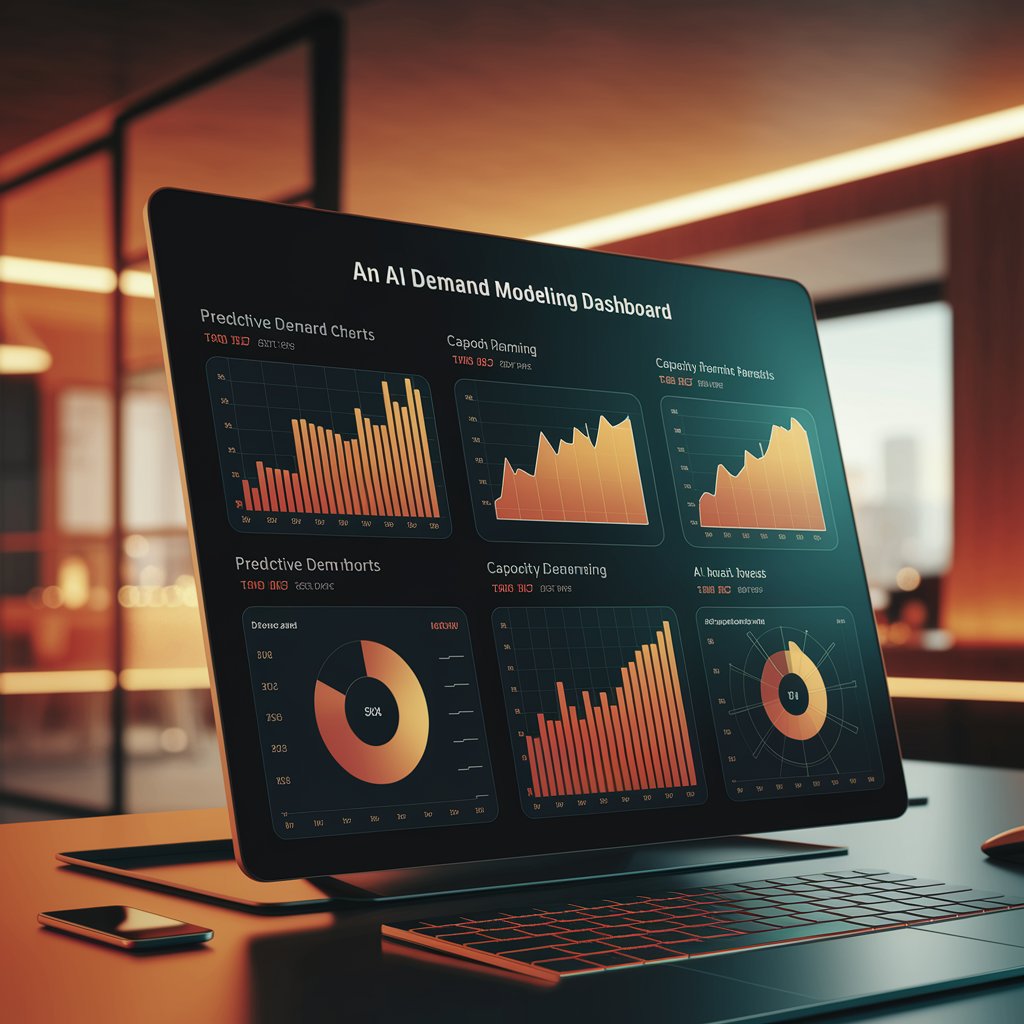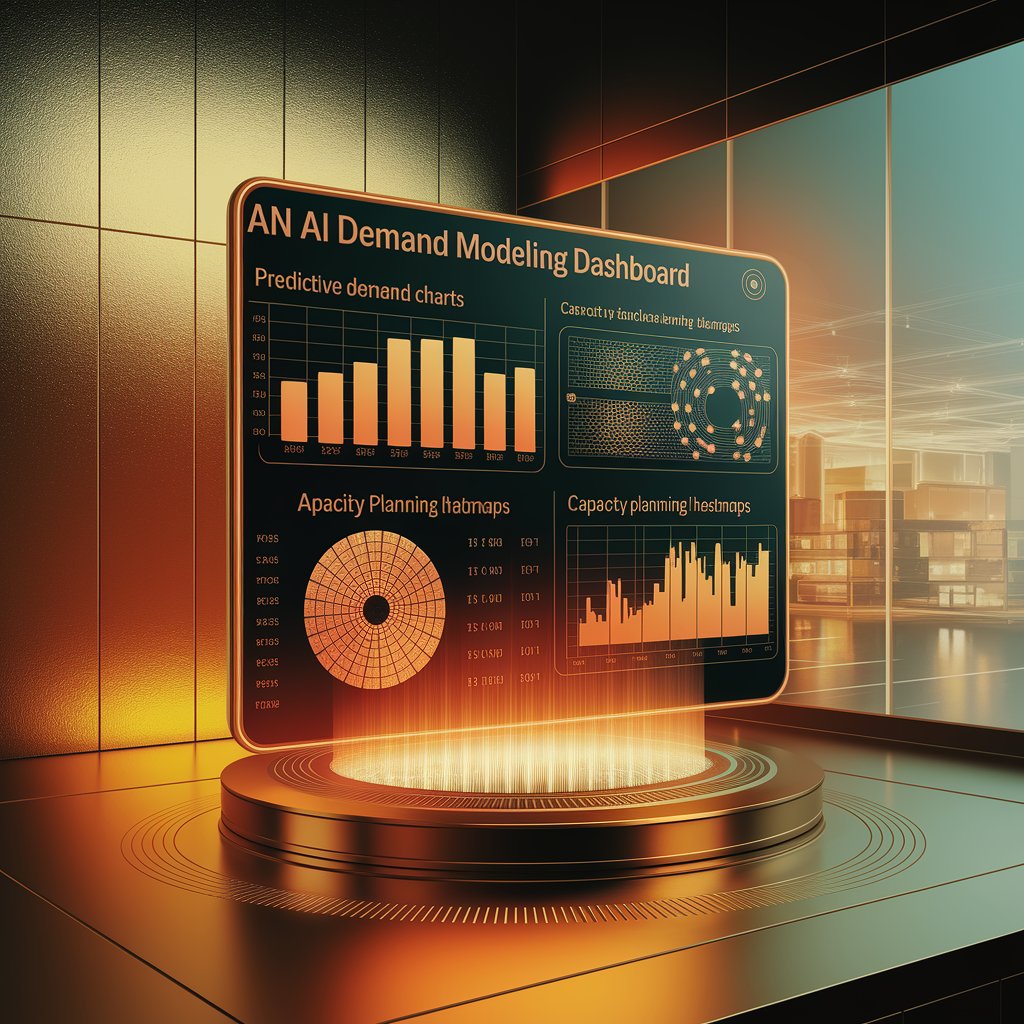AI Demand Modeling: Predicting Logistics Needs with Precision

Introduction
Linbis introduces AI demand modeling, a breakthrough system that combines machine learning, predictive analytics, and real-time data to anticipate future logistics requirements — before they happen.
With Linbis, logistics companies turn uncertainty into predictable performance.
Step 1: Unified Data Ecosystem
Linbis begins by centralizing all relevant data across the supply chain:
- Sales and order history from ERP and CRM systems.
- Shipping volumes and lead times from TMS.
- Market and seasonal data for trends and fluctuations.
- External factors like weather, port congestion, or trade events.
- Customer behavior patterns across multiple channels.
This data fusion gives Linbis a complete understanding of how demand evolves — across time, geography, and product lines.
Step 2: Machine Learning Models for Prediction
Once data is unified, Linbis applies AI-driven modeling techniques to extract predictive insights:
- Identifies demand cycles and seasonality trends.
- Learns from historical correlations between sales, transport, and external factors.
- Predicts future demand spikes or drops with adaptive algorithms.
- Continuously refines predictions based on live data feedback.
Unlike traditional forecasts, Linbis AI models are dynamic and self-learning, constantly improving over time.
Step 3: Resource and Capacity Planning
Predicting demand is only half the job — acting on it is where Linbis stands out.
- Automatically allocates fleet capacity for predicted shipment volumes.
- Suggests warehouse restocking schedules to match demand curves.
- Prepares carrier bookings and labor shifts ahead of time.
- Balances supply and storage levels across regions.
The result: perfect alignment between predicted demand and available capacity.

Step 4: Real-Time Monitoring and Adjustments
Demand doesn’t wait — and neither does Linbis.
The platform continuously tracks and adjusts to real-time conditions:
- Monitors actual demand vs. predicted forecasts.
- Alerts managers of sudden deviations or demand spikes.
- Updates models automatically when new data arrives.
- Adjusts planning workflows instantly across connected systems.
Linbis ensures you stay in sync with the market — no matter how fast it moves.
Step 5: Scenario Simulation and What-If Analysis
AI demand modeling gives logistics planners full simulation capabilities:
- Test what-if scenarios like price changes or port delays.
- Model the impact of global disruptions or regional shortages.
- Compare multiple forecasting strategies under different conditions.
- Identify the most resilient and profitable logistics plan.
This allows companies to plan not just for the expected — but for the unexpected.
Step 6: Advanced Visualization and Analytics
Linbis translates data complexity into clear, visual intelligence through interactive dashboards:
- Demand forecasting charts by SKU, region, or client.
- Heatmaps showing demand density and growth zones.
- Trend graphs comparing predicted vs. actual performance.
- AI recommendations for inventory, transport, and workforce optimization.
Decision-makers get instant, actionable insights — at a glance.
Step 7: Continuous Improvement and Learning
Each forecasting cycle strengthens Linbis’s accuracy:
- AI learns from forecast errors and deviations.
- Adapts models for new markets, seasons, and logistics conditions.
- Incorporates new data sources automatically.
- Recommends new automation workflows for future efficiency.
This creates a self-optimizing system that evolves with your business.

Advanced Features
- AI-powered demand forecasting and modeling.
- Scenario simulation for predictive logistics.
- Real-time monitoring and automatic adjustments.
- Integrated capacity and resource planning.
- Dynamic dashboards for actionable insights.
Real-World Example 🚚
A European freight forwarder implemented Linbis AI demand modeling to optimize capacity and inventory for its retail clients.
After 3 months:
- Forecast accuracy improved to 94%.
- Operational costs dropped by 18%.
- On-time delivery rates increased by 31%.
- Excess warehouse stock reduced by 22%.
They moved from reactive logistics to fully predictive operations — powered by Linbis AI.

Benefits 📈
- Accuracy: Predict demand with data-driven precision.
- Efficiency: Balance resources across all logistics layers.
- Speed: Adjust instantly to real-time market shifts.
- Scalability: Model global operations with one AI engine.
- Profitability: Eliminate waste and optimize asset use.
Conclusion
With AI demand modeling, Linbis transforms logistics forecasting into a living, learning, and adaptive process.
By combining data, automation, and artificial intelligence, Linbis empowers logistics companies to anticipate needs, allocate smarter, and grow strategically.
Because in modern logistics, success isn’t about reacting to demand — it’s about predicting it before it happens.
